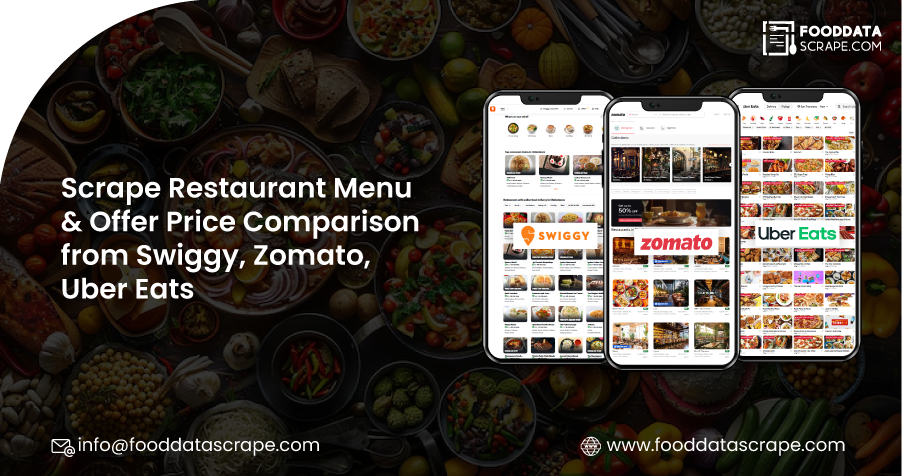Introduction
In the fast-evolving world of food delivery, pricing has emerged as a powerful differentiator. From delivery charges to promotional offers and menu item pricing, every detail influences customer choice and restaurant profitability. For investors and food startups, accurate data on Restaurant Menu & Offer Price Comparison across Swiggy, Zomato, and Uber Eats provides the foundation for building competitive strategies, tracking performance, and fine-tuning Restaurant Menu Pricing Strategies in real time.
With the rise of app-based food ordering, traditional menu pricing has evolved into a dynamic science driven by data, location, competitor benchmarking, and AI-led personalization. Platforms like Swiggy, Zomato, and Uber Eats frequently experiment with pricing levers such as item-level discounts, combo offers, delivery fees, platform charges, and surge pricing.
To capture the full picture, Restaurant and Menu Data Scraping from Swiggy, Zomato, Uber Eats has become a game-changer. By programmatically extracting structured data from these apps and websites, businesses gain real-time insights into how competitors price menus, which offers drive the most traction, and how pricing fluctuates by city, category, or restaurant type.
Why Price Comparison Matters for Food Startups & Investors
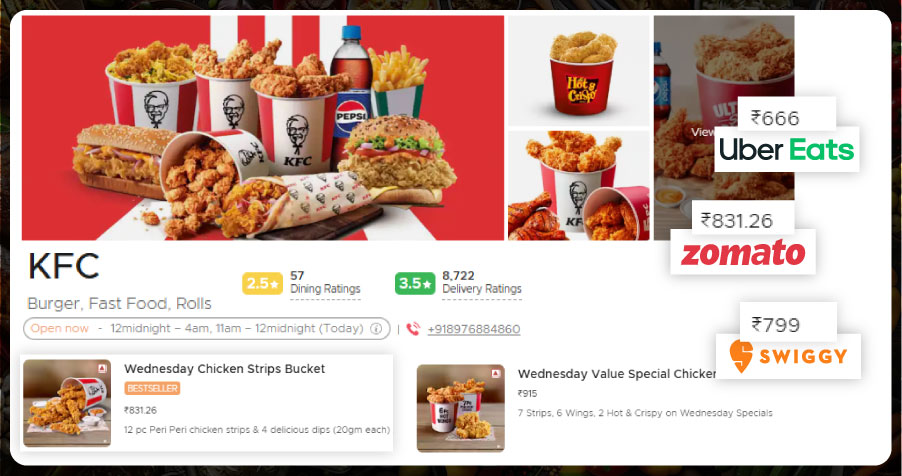
In the crowded online food delivery market, pricing is not just about affordability—it's about positioning, psychology, and platform visibility. Consider the following use cases:
- Performance Benchmarking: Measure how a restaurant’s pricing compares to nearby competitors in the same cuisine category.
- Dynamic Pricing: Adjust pricing based on demand, competitor movement, or historical performance.
- Promotion Optimization: Track which offers yield the best ROI and when to deploy them.
- Investor Due Diligence: Validate growth potential and unit economics based on market-level menu pricing and promotional strategies.
- Brand Consistency Audits: Ensure menu prices and descriptions are consistent across cities or platforms.
With reliable Real-time menu price tracking tools, decision-makers can optimize pricing not just to sell more—but to sell smarter.
Key Data Points to Extract
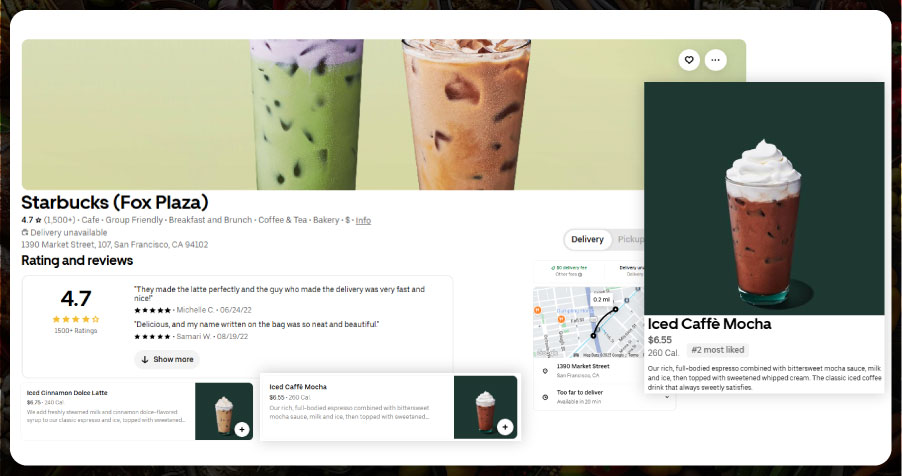
A comprehensive Restaurant Menu & Offer Price Comparison relies on multiple granular data points, including:
- Restaurant name and location
- Cuisine type and category
- Individual menu items and combos
- Base price, taxes, and packaging charges
- Platform-specific fees (e.g., delivery, convenience)
- Current promotions (BOGO, % off, free delivery)
- Historical pricing trends
- Ratings and reviews
- Estimated delivery time
These insights—when scraped regularly—can be converted into actionable dashboards and models for price optimization and performance tracking.
How Restaurant and Menu Data Scraping Works
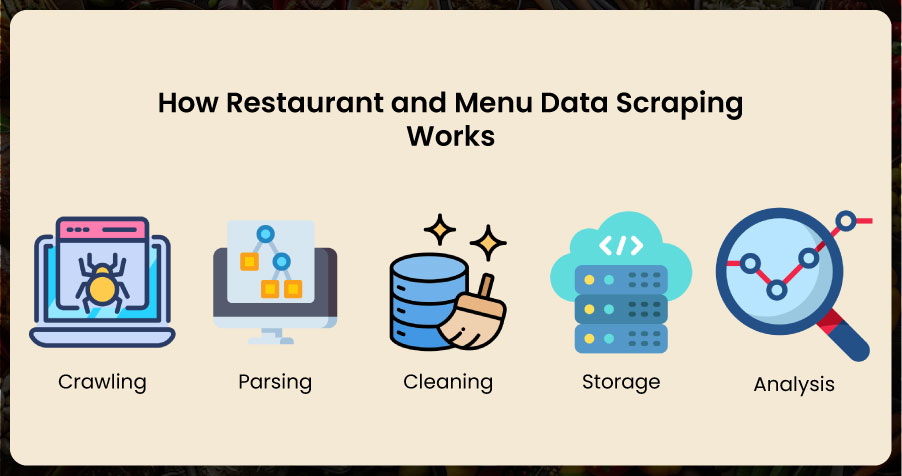
To extract data from platforms like Swiggy, Zomato, and Uber Eats, businesses typically use web scraping tools, mobile app data capture, or Food delivery price comparison India APIs. The core process includes:/p>
1. Crawling: Navigating through restaurant listings and menus.
2. Parsing: Extracting relevant data fields using HTML selectors or JSON endpoints.
3. Cleaning: Removing duplicates, correcting formats, and ensuring consistency.
4. Storage: Loading data into databases or business intelligence tools.
5. Analysis: Comparing prices, visualizing trends, and generating alerts.
For example:
- Swiggy Restaurant Menu data scraping involves extracting data from mobile APIs and app screens, where dynamic content is loaded via JSON.
- Zomato Restaurant Menu data scraping focuses on their web and app menus, where offers and prices are often customized by user location.
- Uber Eats Restaurant Menu data scraping combines browser automation and API interaction due to their modern tech stack and heavy JavaScript use.
Platform-Specific Strategies

Swiggy Restaurant Menu Data Scraping
- API calls are often tied to geo-coordinates and user IDs.
- Restaurants and item prices change dynamically based on time of day.
- Offers like “50% off up to ₹100” or “Free delivery above ₹149” are embedded in metadata.
- Data must be refreshed every few hours for real-time relevance.
Zomato Restaurant Menu Data Scraping
- Menu data is available on both web and app; app versions tend to be more updated.
- Offers vary by location, user history, and time.
- Zomato’s structured web layout allows clean parsing of item details, nutrition info, and trending dishes.
- Scraping must respect rate limits and mimic natural browsing patterns.
Uber Eats Restaurant Menu Data Scraping
- Content is delivered via client-side JavaScript, so scraping requires headless browsers or Puppeteer/Selenium.
- Menu prices may include service fees by default.
- Uber Eats frequently runs personalized promotions—tracking multiple user profiles offers deeper insights.
Applications for Dynamic Pricing & Business Intelligence
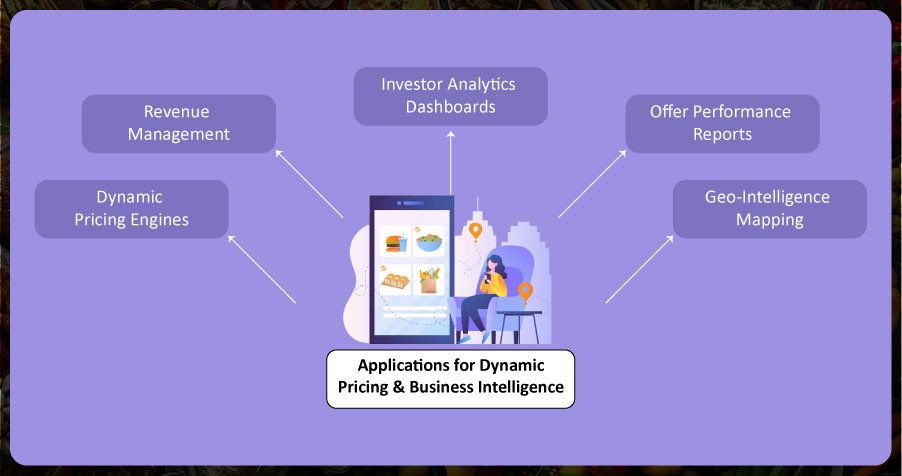
Real-time Restaurant Menu & Offer Price Comparison enables the following:
- Dynamic Pricing Engines : AI-driven pricing models adjust based on competitor data and demand signals.
- Revenue Management : Restaurants optimize their pricing sweet spot to balance margin and conversion.
- Investor Analytics Dashboards : Monitor top restaurant performance, pricing movements, and market saturation.
- Offer Performance Reports : Identify which discounts drive the highest basket size and repeat orders.
- Geo-Intelligence Mapping : Visualize pricing patterns across cities, neighborhoods, or store clusters.
Challenges in Restaurant Menu Scraping
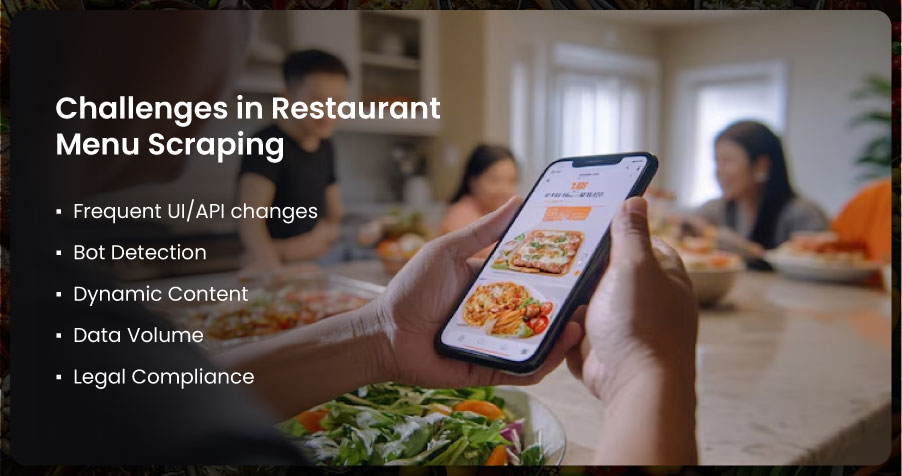
While powerful, Restaurant and Menu Data Scraping from Swiggy, Zomato, Uber Eats does face technical and ethical hurdles:
- Frequent UI/API changes: These platforms update layouts and endpoints often to block scraping.
- Bot Detection: CAPTCHA, rate limiting, and device fingerprinting block non-human behavior.
- Dynamic Content: Many menus load via JavaScript, requiring headless browser automation.
- Data Volume: With millions of SKUs and daily changes, managing scale is critical.
- Legal Compliance: Ensure scraping practices are compliant with local data and privacy regulations.
Working with experienced data partners ensures these challenges are addressed securely and effectively.
Future of Real-Time Menu Price Tracking
The demand for Real-time menu price tracking tools will grow as food delivery becomes more competitive and data-driven. Here's what the future holds:
- Predictive Pricing: Use AI to forecast optimal pricing per time slot or day.
- Sentiment Analysis: Combine pricing data with reviews to assess value perception.
- Multi-platform Integration: Unified view across Swiggy, Zomato, Uber Eats, and emerging players.
- Voice/AI Interfaces: Automate price alerts and competitive insights via dashboards or chatbots.
- Custom Alerts: Get notified when competitors change pricing or launch new offers.
Use Cases by Stakeholder Type
Startups & Cloud Kitchens
- Optimize pricing before a new location launch.
- Run A/B tests for promotions based on competitor strategies.
- Identify cuisine-specific price trends.
Investors & Analysts
- Validate portfolio company pricing efficiency.
- Track regional growth and saturation via pricing heatmaps.
- Compare multi-brand strategies in aggregator ecosystems.
FMCG and Delivery Brands
- Benchmark product placement across restaurant menus.
- Assess how brands are bundled or priced on food delivery platforms.
- Track promotions involving their SKUs in real-time.
Conclusion
The food delivery ecosystem thrives on data, and Restaurant Menu & Offer Price Comparison is at the core of strategic pricing decisions. Whether you're a fast-growing startup, an established cloud kitchen, or an investor seeking clarity on food tech economics—scraping restaurant and menu data across Swiggy, Zomato, and Uber Eats offers a competitive edge.
As platforms become more personalized and AI-led, static pricing won’t be enough. You need Real-time menu price tracking tools powered by intelligent Restaurant and Menu Data Scraping from Swiggy, Zomato, Uber Eats. Automate, analyze, and act faster than your competitors.
Are you in need of high-class scraping services? Food Data Scrape should be your first point of call. We are undoubtedly the best in Food Data Aggregator and Mobile Grocery App Scraping service and we render impeccable data insights and analytics for strategic decision-making. With a legacy of excellence as our backbone, we help companies become data-driven, fueling their development. Please take advantage of our tailored solutions that will add value to your business. Contact us today to unlock the value of your data.

















































































